Join US
Do you want to build the fantasy world you’ve always dreamed of?
Subscribe to receive notifications when a new post is out and for our monthly newsletter!
You can always unsubscribe anytime.
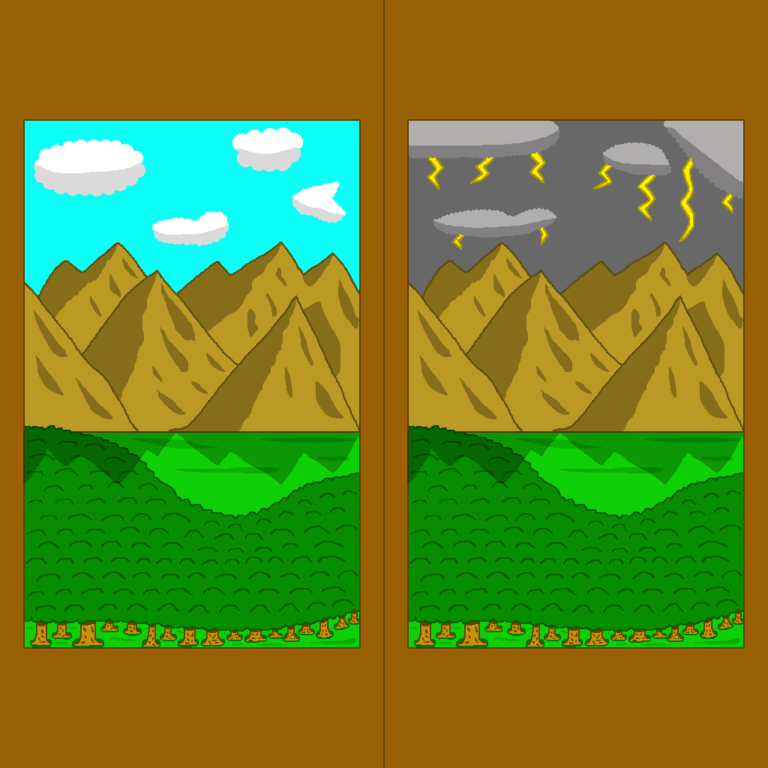
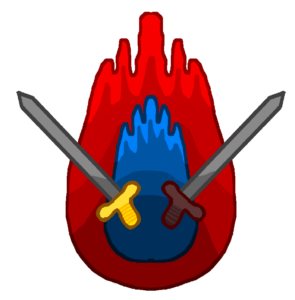
Books in fantasy aren’t just simply words that transport readers to new worlds in their imagination. There’s a lot of undertones within the words themselves that greatly enhance the experience. Indeed, many authors use many literary devices such as themes and motifs to communicate their books’ messages.
Themes and motifs are central in cultivating a story that transcends time. Authors in fantasy use themes based off on the real world to convey messages in a way that readers comprehend. For example, a dominant theme in the genre is the eternal struggle between good and evil and authors use this to show how different factions vie for supremacy.
Motifs are powerful literary devices that show a repeating element within the world. They could be magic or animals capable of speech. They’re used to highlight one or more of the themes in the story.
You might be thinking, themes and motifs sound awfully similar so why not use one or the other? The thing of it is, while there’s a lot of similarities between the two, there’s are some relevant differences between them as well. Themes are more abstract and broad whereas motifs are narrower, more concrete, repeat over and over again, and are used to emphasize the story theme. For instance, referring back to the theme of good vs. evil, you can use things like light and darkness as motifs to illustrate said theme.
You can’t make a great story without using both themes and motifs! Don’t let them intimidate you. They’re actually easy to understand and you’ll have fun incorporating them in the story you’re creating!
This is the eleventh article in the series looking at writing a fantasy book. We have many more articles for you to peruse at your leisure, all of which are conveniently located on our blog page!
No story exists in a vacuum otherwise it would be a boring one. Instead themes and motifs serve to take it to a higher level. To truly become a master of writing fantasy, it is imperative that you understand and use both to your advantage in writing your tale. For this section, we’ll take a look at the former.
You might be wondering, what is a theme? At its heart, it’s the message you want your readers to come away with when they finish your book. Every book in the genre has at least one.
You don’t have to restrict yourself to just one theme. Many works in fantasy feature multiple themes and authors use them in clever and interesting ways to make unforgettable tales that stand out amid an ever-growing number of books. They even weave them in together, making them all equally integral to the story.
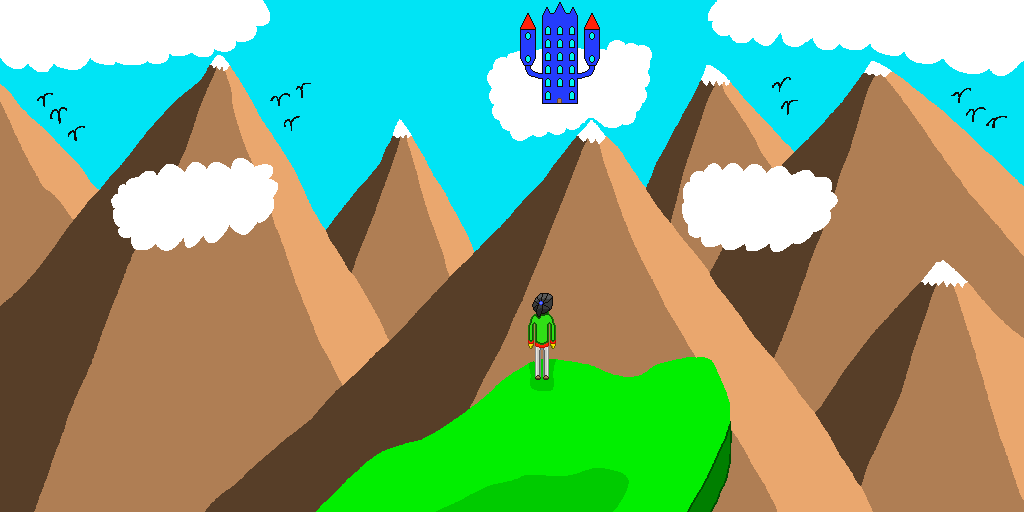
If you prefer to just stick with one theme, that’s okay! Don’t think that by only going with one theme, you can’t write a great story! Tales with just one message can compete against those with two or more themes. Stories with one theme have a major advantage over those with more than one: they enable authors to articulate their message a lot more clearly since they don’t have to be overshadowed by other themes.
The themes you use depend on your book. You want to use ones that seamlessly fit in and reinforce what you’re trying to say. Suppose you’re writing a tale about many different clans fighting for power in a vast desert. You can showcase how war drives people to do things they otherwise wouldn’t do in times of peace and tie it into the theme of survival by showing how they’re all fighting to survive in a harsh climate.
You can feature both major and minor themes. The former plays a role throughout the book from the beginning to the end whereas the latter only occurs in specific parts. You can use them to make sections that truly stand out!
There are as many themes and motifs as there are fantasy worlds. For simplicity’s sake, we’ll take a look at what themes you’re most likely to come across in the genre in this section. We begin with what’s pretty much the universal one: good vs. evil.
Good vs. evil appears in nearly every work in fantasy for a reason. The constant struggle between both sides fuels the drama that unfolds throughout the pages. Readers see the moves both factions make and the intensity in which they clash. Even though they know good will triumph in the evil, they don’t know how but it doesn’t stop them from getting invested in the tale.
Magic is second only to good vs. evil, appearing in pretty much all works in one form or another. Whenever people think of magic in fantasy, they imagine two wizards hurtling spell after spell in rapid succession at each other. Magic comes in many different forms and shapes in the genre like moving objects in midair or healing wounded people.
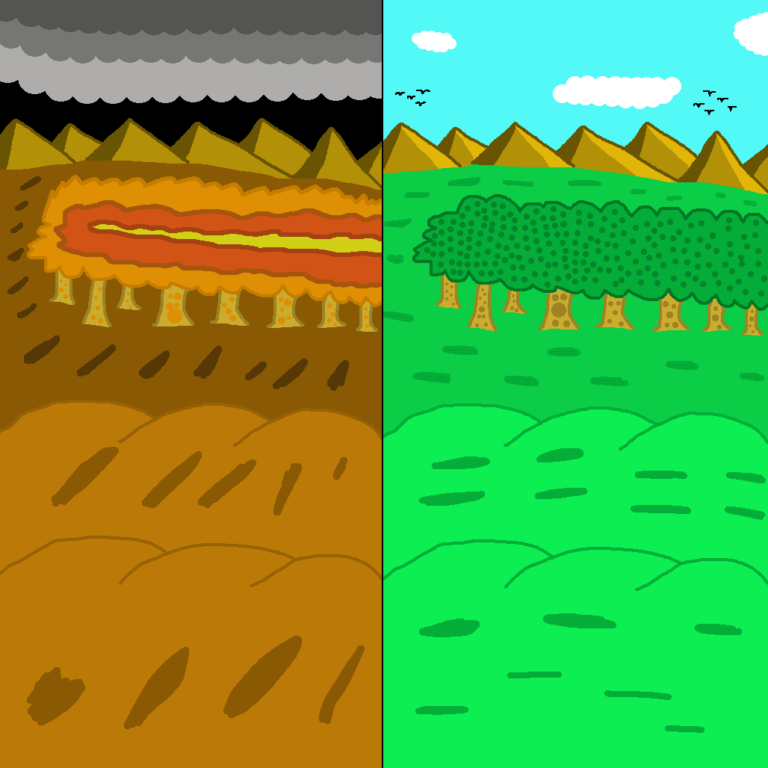
Another theme is nature vs. industry. Many worlds are set in medieval times where nature is shown in all her pristine glory, uncontaminated by industry. Industrialization is depicted as ravaging the natural beauty and disrupting the natural order of the world, causing the two sides to bitterly clash.
Many tales revolve around the protagonist embarking on a journey to become the hero the world desperately needs. This is called the hero’s journey and it’s a classic for it shows him leaving all the comforts of home in search of something larger than himself. He experiences personal growth and suffers setbacks that force him to learn what he needs to know before his final showdown with the villain. He uses everything he’s learned in his journey to vanquish the villain and save the world.
For more themes, check out our article titled “Types of Popular Fantasy Themes” if you want to know more!
Themes and motifs help shape the story in different ways. The former takes what is called the ‘big picture’ approach where it focuses on the main concepts of the story as opposed to the latter which takes a granular or the ‘small picture’ approach. Motifs are used to guide readers towards the tale’s themes.
Though they’re repeating elements, motifs can be blatantly obvious or subtle. They can be objects like swords or jewels or phrases that pop up every now and then that tie into the grand scheme of things. They help establish the story’s overall messages and themes.
Many works feature more than one motif and they all contribute to the point the story’s making. Motifs are used in interesting ways and the fact that they recur throughout makes it easier to draw the readers’ attention towards them as they’re more likely to notice them.
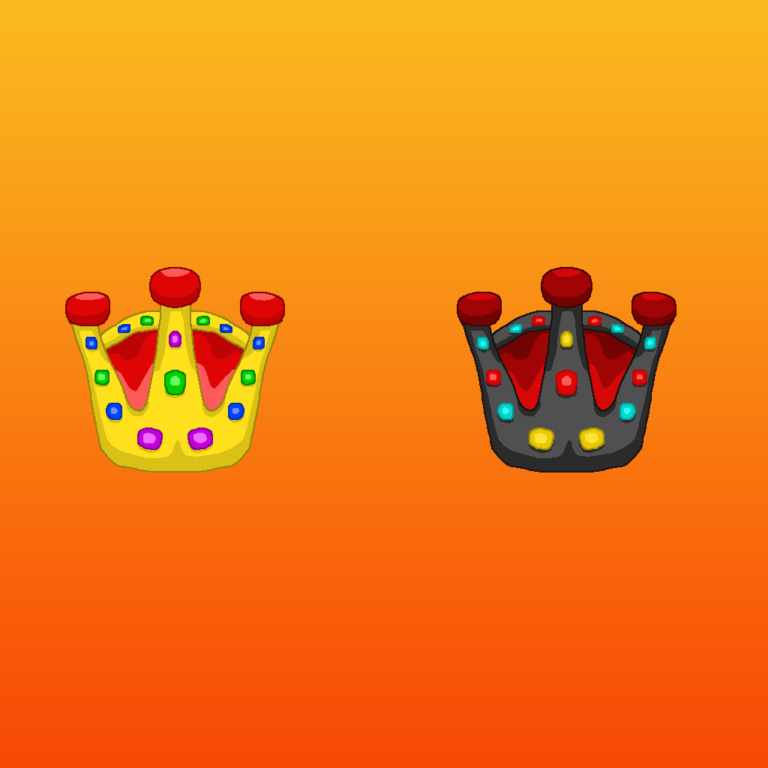
Motifs can be used in several ways. One such way is that they can be shapes or things that serve as symbols of the theme. For instance, a royal throne that continually appears throughout can be considered to be a symbolic motif for power.
They can be things that highlight the concepts of the tale. For example, if the theme is how evil ruins everything it touches, you can use the destruction of natural environments as a motif to convey this by showing polluted rivers or dead trees. You can even use people by showing how evil’s driven them to do things wholly out of character for them.
Finally, things that allude to the story’s structure can also be motifs. They can be situations or plot points that periodically resurface here and there that give readers a sense of deja vu. The outcome of both may vary but they’ll reappear again later on in the novel.
Themes and motifs populate many works in fantasy. In order to be classified as a motif, an element, regardless of what it is, must continually appear over and over again throughout the novel. We take a look at some of the ones that are commonly used in this section.
The weather is one of the most common motifs in fantasy. It’s mainly used as a metaphor for the protagonist’s mood. Calm and bright weather indicate he is at peace whereas stormy and volatile weather reflect his inner turmoil or the conflict raging on within his heart. The weather can also apply to the state of affairs in a kingdom.
The time of day can also be used as a motif. The dawn and morning hours are meant to symbolize the new day where people can start fresh or make things right with themselves or other people they’ve hurt in the past. The hopeful mood of the dawn is a sharp contrast to the pessimistic nature of the darkness, the period where things come to an end. Optimism gives way to negativity as people are unhappy they didn’t accomplish everything they set out to do that day.
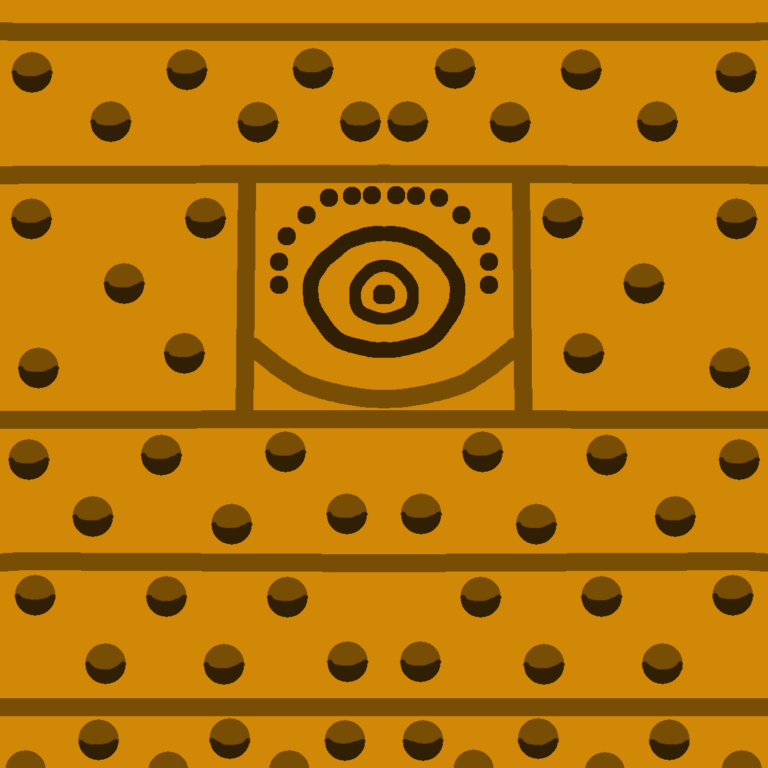
Seasons are another common motif. The bright, lush colors and warm air of spring represent rebirth and rejuvenation of the land. On the opposite side is winter, where drab, droopy colors and the chilly air indicate that the land has entered a dormant period in which nothing happens for a substantial amount of time.
The passage of time is one motif that gets a lot of use. Younger days are used to mark a sense of hopefulness for the future whereas older days brood on the mistakes of the past. Regret is far more prevalent among those of older generations as they lament the path they didn’t take or the choices they made. For the youngsters, a zeal to change the world burns brighter in their hearts as they believe they have ample time to do so.
Weapons are one motif you can count on seeing in fantasy. They represent several things: the cruelty of the world in which they’re used to take other people’s lives, a metaphor for war as they’re efficient in killing enemies, and a way to protect oneself from attackers. They can also be used to emphasize how much power their handlers have whether that be their physical prowess or magical abilities.
Out of all the literary devices, themes and motifs are vital components in creating a timeless story. You must truly understand them if you hope to craft such a tale, for they enrich it beyond the words on the pages. They both funnel readers towards the central message of the novel though in different ways.
Themes are used to convey the book’s message in a way that readers can understand and easily grasp. Popular themes such as good vs. evil and quests are used to drive home the message and readers can identify with, as they’re largely derived from the real world.
Motifs are recurring elements that shepherd readers towards themes. They can be objects, concepts, symbols, or plot structures. They’re largely used to highlight the importance of a theme or the book’s overall message.
Themes and motifs might seem intimidating. However, they’re quite easy to wrap your head around so don’t be intimidated by them! Take this opportunity to familiarize yourself with them, for they’ll pay dividends down the road!
Now that you know and understand how themes and motifs work, it’s time to bring them into the novel you’re writing!
Let me know what you think in the comments below. (Note: this is an account-exclusive feature).
If you don’t have one, you can register here. It only takes a few moments of your time!
Liked this article and want to subscribe? All you have to do is fill out the form below and that’s it!
Thanks for reading this and until the next time,
Sunfire
Subscribing means you receive:
You can always unsubscribe anytime.
Do you want to build the fantasy world you’ve always dreamed of?
Subscribe to receive notifications when a new post is out and for our monthly newsletter!
You can always unsubscribe anytime.